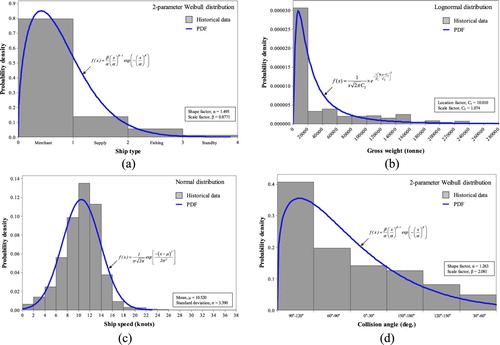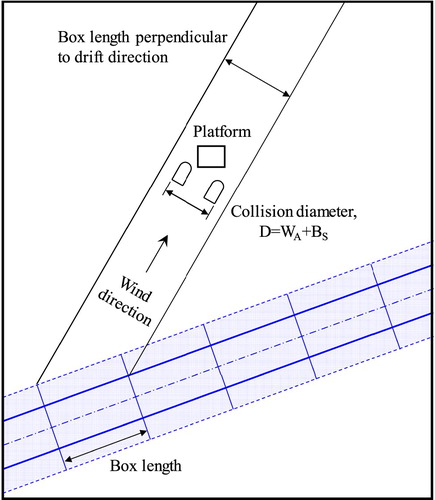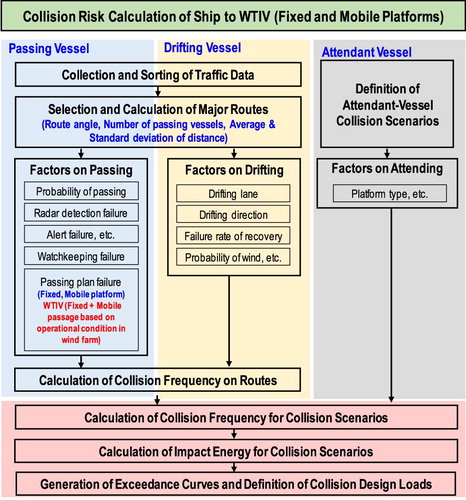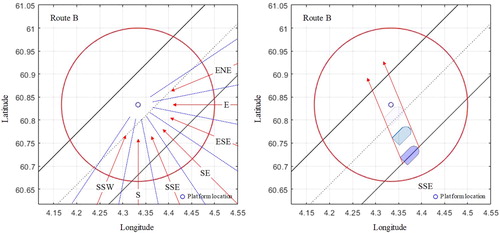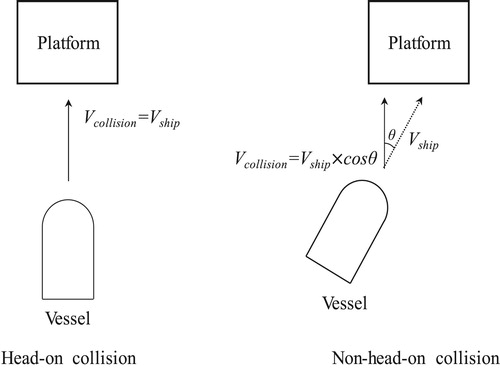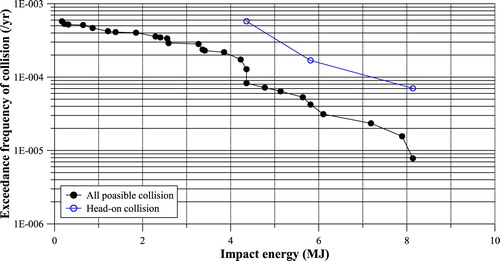Figures & data
Figure 1. Examples of collisions with offshore structures (a and b) and a typical WTIV (c). (a) Passing vessel collision by fishing vessel, (b) Attendant vessel collision involving supply vessel, (c) Typical WTIV (Jan De Nul Group: https://www.jandenul.com/).
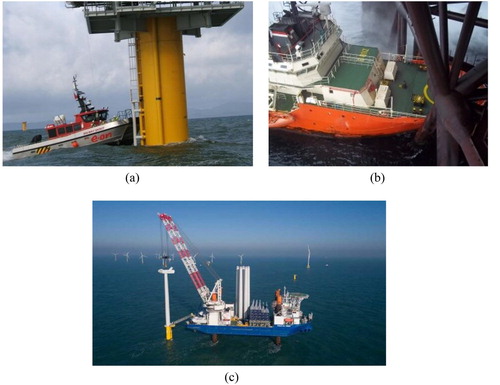
Table 1. Field-related vessel- collision statistics (OGP Citation2010).
Figure 6. Target offshore platform and operating site. (a) Layout of typical WTIV; (b) Target operating site: North Sea (www.4coffshore.com/offshorewind/).
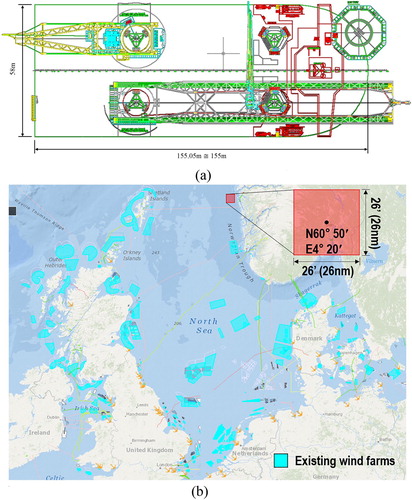
Table 2. Number of ships and the probability of each ship type being in the area.
Figure 7. Major routes in the WTIV location. (a) Major routes, (b) Traffic data of all (2086) vessels.
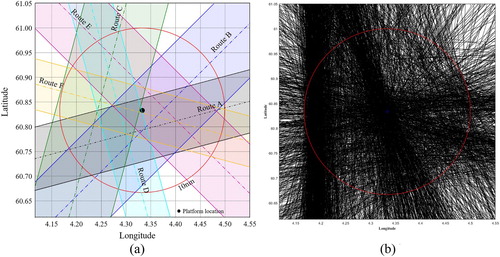
Table 3. Defined major routes.
Table 4. Probability of passing plan failure (P1), watchkeeping failure and alert failure (P2·P3).
Table 5. Probability of averting collision by radar (
 ).
).
Table 6. Collision frequencies (/yr) of passing vessels on Route A.
Table 7. Collision frequencies (/yr) of fixed, mobile and WTIV platforms on all routes.
Table 8. Impact energy of passing vessel collisions based on gross weight and representative speed.
Table 9. Ship traffic data by ship type and physical mass (gross weight).
Table 10. Frequency of passing vessel collisions (/yr) with WTIVs by ship type and gross weight.
Figure 8. Exceedance frequency of passing vessel collision. (a) With the gross weight categories suggested by Spouge (Citation1999), (b) With the 1000-tonne-interval weight categories.
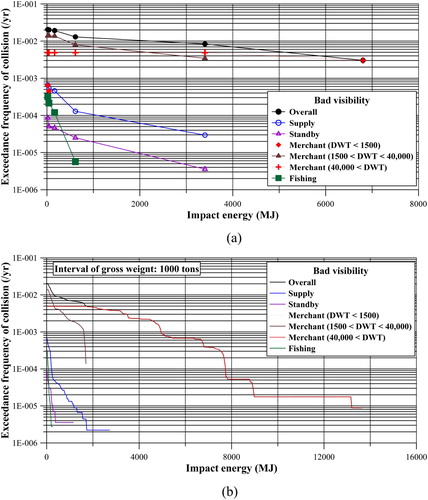
Table 11. Probability of wind direction and speed for the North Sea (near Bergen, Norway).
Table 12. Frequency (/yr) of collisions by drifting vessels.
Table 13. Impact energy of drifting vessel collisions by gross weight and speed.
Table 14. Finalised frequency of collisions with drifting vessels (/yr) by ship type and gross weight.
Figure 10. Exceedance frequency of drifting vessel collision. (a) With the gross weight categories suggested by Spouge (Citation1999), (b) With the 1000-tonne-interval weight categories.
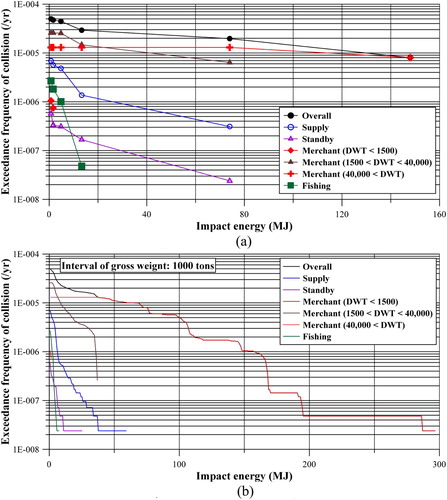
Table 15. Expected number of visiting vessels at target WTIV and attendant collision frequency.
Table 16. Impact energy of collisions with an attendant vessel using the traditional approach (only head-on collisions).
Table 17. Example of impact energy for all possible collision angles with an attendant Supply vessel_1.
Figure 13. Best fit of selected probability density functions. (a) Ship type, (b) Gross weight, (c) Ship speed, (d) Collision angle.
